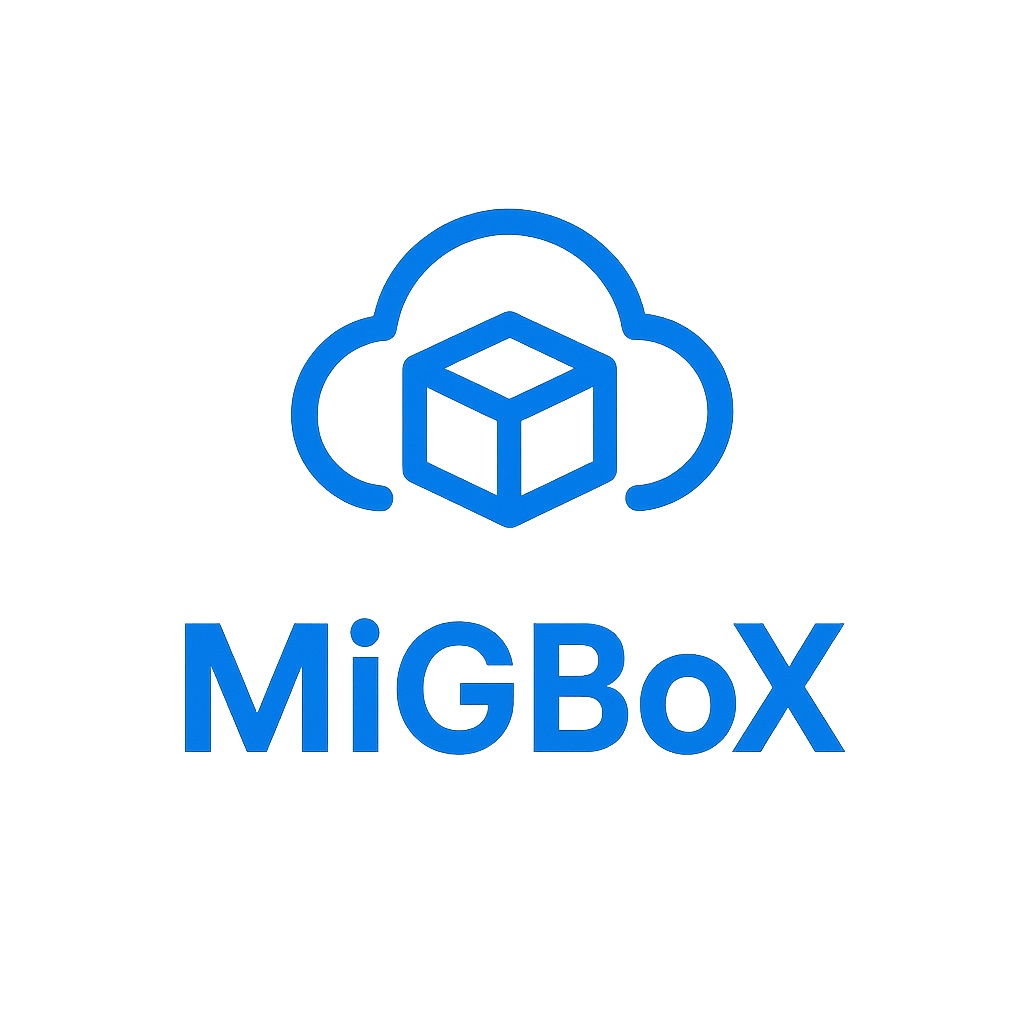IntroductionRedis is a powerful, open-source, in-memory data structure store that serves as a versatile database, cache, and message broker. It's specifically designed for developers who need to build high-performance, real-time applications, with a strong emphasis on supporting modern AI and machine learning workloads.Key FeaturesVector Database Capabilities: Essential for building advanced AI applications and enabling efficient semantic search.AI Agent Memory: Provides a fast memory layer for chatbots and AI agents, enhancing their speed and accuracy.Redis LangCache: Lowers latency and reduces LLM costs through fully managed semantic caching.Redis FlexCache: Offers 5X more caching capacity at no extra cost, optimizing memory usage.Real-time Query Engine: Enables powerful data queries and search operations in real-time.Active-Active Geo Distribution: Guarantees 99.999% uptime and local sub-millisecond latency for global deployments.Modern Data Structures: Supports 18 diverse data structures, including vector sets and JSON, for flexible data modeling.Automatic Failover & Clustering: Ensures seamless operation and improved uptime by automatically switching to replicas and splitting data across nodes.Data Integration (CDC): Keeps Redis updated with real-time changes from existing systems of record.Use CasesRedis is an indispensable tool for developing cutting-edge AI applications, serving as the foundational memory layer for AI agents and chatbots, and powering efficient semantic search functionalities. Its robust vector database capabilities are particularly critical for handling the demands of contemporary AI workloads.Beyond its AI prowess, Redis excels in traditional high-performance scenarios such as caching, real-time analytics, session management, and leaderboards. It also functions effectively as a NoSQL database, supporting a wide array of data storage and retrieval needs across various industries.Pricing InformationRedis offers flexible deployment options, including Redis Cloud (fully managed), Redis Software (self-managed with enterprise features), and Redis Open Source (free to download). Users can "Try Redis for free," indicating a freemium model or a free trial period to explore its capabilities.User Experience and SupportRedis provides Redis Insight, a free graphical user interface and development tool for easy development, debugging, and data visualization. Extensive learning resources are available, including comprehensive documentation, quick starts, tutorials, and a dedicated University. Professional services and support options are also offered to assist users.Technical DetailsRedis boasts broad compatibility, integrating seamlessly with major cloud providers like AWS, Azure, and Google Cloud, as well as platforms such as Vercel and Heroku. It supports popular programming languages including NodeJS, Java, Javascript, Golang, PHP, .Net, Python, and C++. Furthermore, it integrates with modern development tools and frameworks like Langchain, Kubernetes, and Docker, offering flexible deployment across cloud, on-premise, or hybrid environments.Pros and ConsPros:Exceptional speed due to its in-memory architecture.Highly versatile, functioning as a database, cache, message broker, and AI memory layer.Supports a rich set of modern data structures.Offers high availability and scalability features like Active-Active Geo Distribution and clustering.Extensive ecosystem with numerous clients and connectors for various tech stacks.Provides a free, intuitive GUI tool (Redis Insight).Available as a free open-source version.Cons:Advanced features like clustering and specific data structures may have a learning curve.Self-managed enterprise deployments require significant operational expertise for compliance and reliability.ConclusionRedis stands as a cornerstone for building high-performance, real-time applications, particularly those at the forefront of AI innovation. Its comprehensive feature set, flexible deployment models, and robust community support make it an invaluable asset for developers seeking to achieve unparalleled speed and accuracy in their projects. Explore Redis today to accelerate your application development.




















